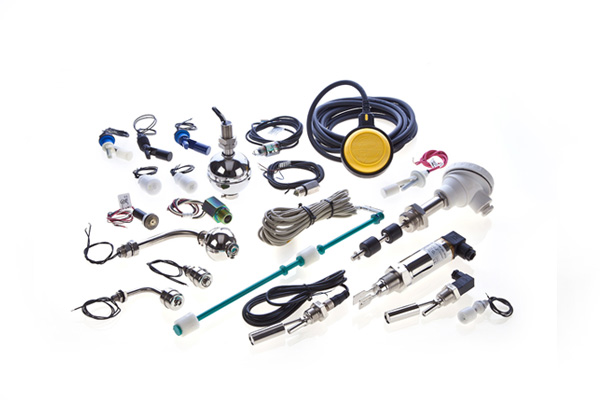
When it comes to industrial pressure measurement and control, precision is everything.
Two of the most critical components that help maintain optimal system performance are level switches and level transmitters. While they might sound similar, these devices play distinctly different roles in monitoring liquid levels across various industrial applications.
Understanding Level Switches and Transmitters
What is a Level Switch?
A level switch is essentially a binary device – think of it as a simple on/off sensor that detects when a liquid reaches a specific point.
What is a Level Transmitter?
In contrast, a level transmitter provides continuous, real-time measurement, offering a more nuanced view of liquid levels throughout a system.
Types of Level Switches
Applications Engineering offers a comprehensive range of level switches designed to meet diverse industrial needs.
- Stainless steel and alloy level switches
- Adjustable tank level switches
- Optical and solid-state level switches
- Marine and pump level switches
These devices excel in applications requiring straightforward level detection. They’re perfect for:
- Preventing tank overflows
- Protecting pumps from running dry
- Providing basic liquid level monitoring
A float-based level switch, for example, operates through a simple mechanism. As liquid rises or falls, a floating element triggers an electrical switch, instantly signalling when a critical level has been reached.
Types of Level Transmitters
Our advanced level transmitter range includes:
Level transmitters offer continuous, precise measurement, transforming liquid level data into an electrical signal that can be monitored remotely. They’re ideal for applications demanding:
- Constant, real-time level monitoring
- High accuracy measurements
- Integration with complex control systems
Key Differences Between Level Transmitters and Switches
-
Functionality
- Level Switches: Binary detection (on/off)
- Level Transmitters: Continuous, proportional measurement
-
Installation Complexity
- Level Switches: Simple, quick installation
- Level Transmitters: More complex setup, requires careful calibration
-
Cost Considerations
- Level Switches: More budget-friendly
- Level Transmitters: Higher initial investment, but offer more detailed information
Choosing the Right Products
Selecting between a level switch and a level transmitter depends on several factors:
Application Requirements
- Need basic level detection? A level switch is likely sufficient.
- Require precise, continuous monitoring? Opt for a level transmitter.
Environmental Conditions
- Harsh industrial environments might demand more robust solutions
- Corrosive or extreme temperature settings need specialised equipment
Budget Constraints
While level transmitters might cost more upfront initially, they can provide long-term benefits through:
- Enhanced process control
- Reduced operational risks
- Improved system efficiency
Industry-Specific Applications
Different sectors have unique requirements when it comes to using level switches or transmitters:
- Water treatment: Requires precise level monitoring
- Chemical processing: Demands high accuracy and reliability
- Marine applications: Needs robust, dependable level detection
- Manufacturing: Benefits from continuous, real-time level data
Quality Level Measurement Products from Applications Engineering
We don’t just sell components – we provide comprehensive solutions. Our team of experts can help you analyse your specific requirements and recommend the most suitable level measurement products to help you get the most out of your system.
Ready to optimise your level measurement solutions? Our technical team is standing by to provide personalised advice tailored to your unique industrial challenges. Contact Applications Engineering today to take your liquid level monitoring to the next level.
Filed under: Advice and Information